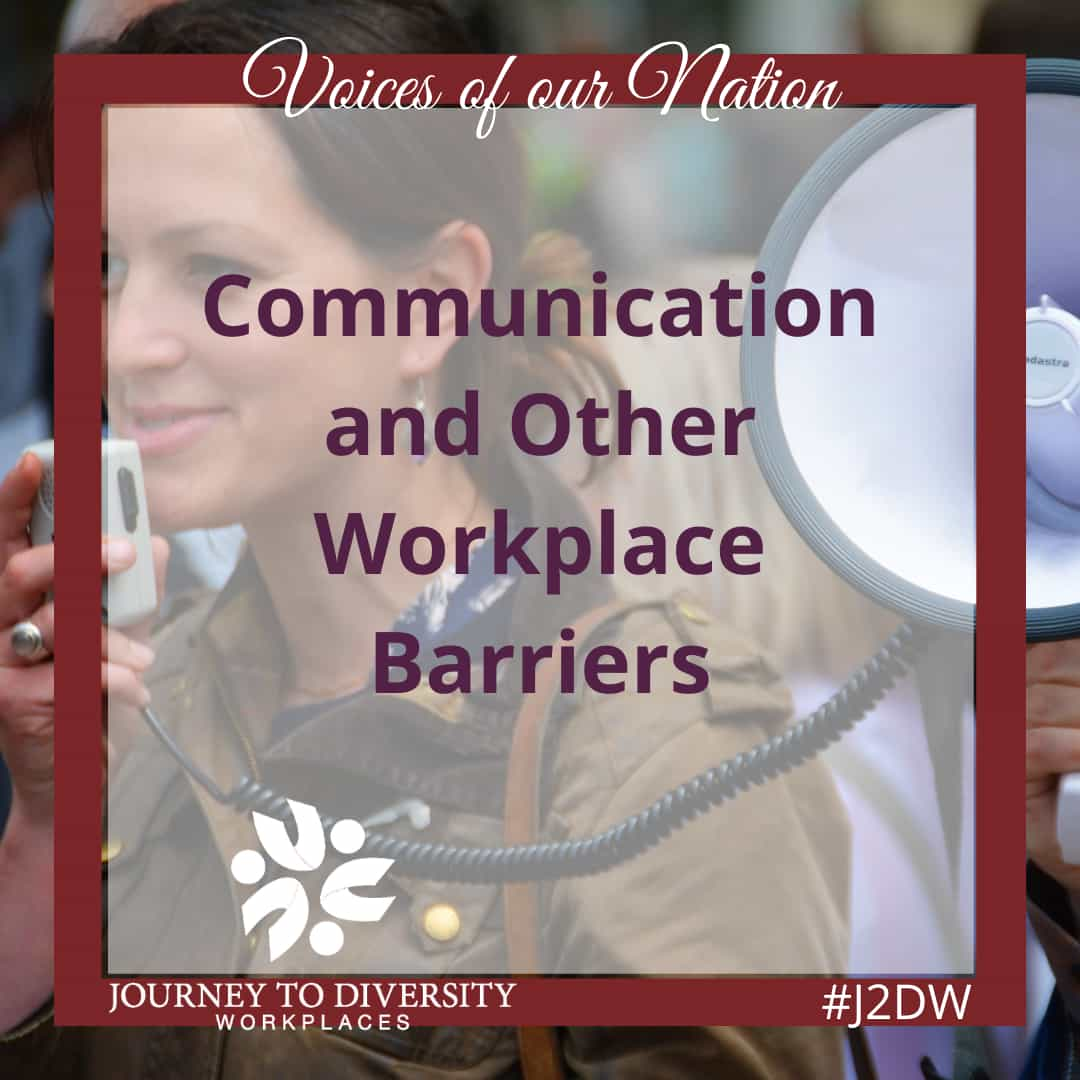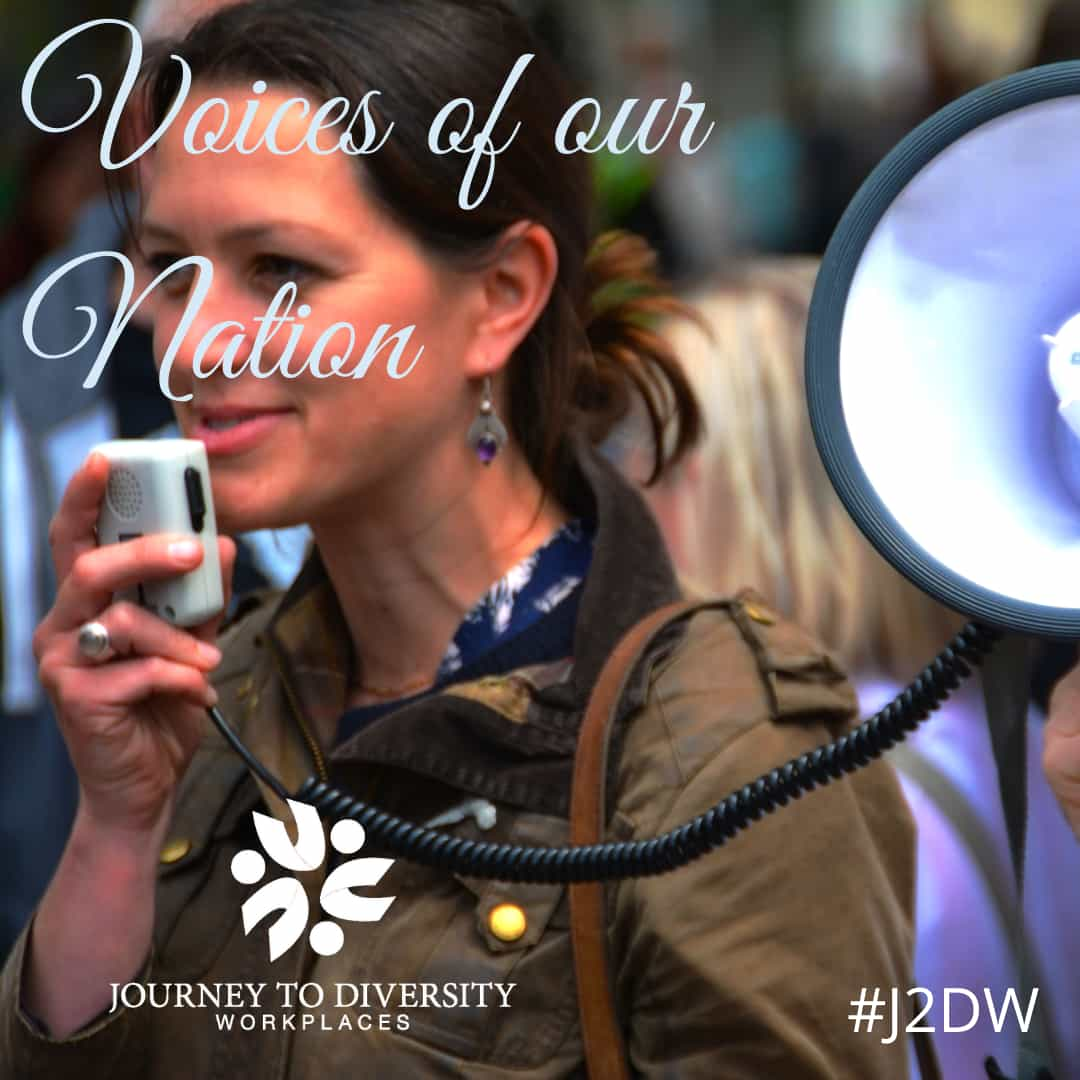Our Co-op Experience
Ishita Malhan, B.B.A & M.B.A, Social Media Analyst
Patrick MacIntyre, B.A & B.Ed, Social Media Analyst
My colleague and I were employed as Volunteer Social Media Analysts for a not-for-profit organization known as Journey to Diversity Workplaces (J2DW) from October 2017 to mid-December of the same year. We are so thankful to have had this co-op opportunity available to us through our Research Analyst program at Georgian College. J2DW first caught our attention because it provided us with the ability to work from home and communicate with one another using different types of multimedia tools. We were motivated to work with an organization that we found so inspiring and shared similar perspectives on business ethics as we do.
The time we spent working for J2DW has granted us the opportunity to build and enhance our skill set that we will utilize throughout our career. There was no designated team lead within our social media analyst team, therefore, we approached each assignment with a very democratic perspective. Communication was a crucial factor to our success, as each member would offer his or her thoughts and opinions on the best approach to each task. Through this method, we were able to understand the importance of clarity on tasks at hand, allowing everyone to focus towards the same goal. Each member of the team had specialties and was able to provide a unique perspective on how to best approach each task. We held one another and ourselves accountable for assigned sections that enabled us to further develop our teamwork and communication skills.
After completing our co-op, we can honestly say that we have learned and developed new skill sets. Some of our assignments required collective work and at times it was challenging because we were not in the same city. Setting a plan, sticking to it and holding one another accountable while working remotely was not an easy task. My colleague and I had the privilege of working together prior to this experience, which was a great asset to the team. We had the opportunity to complete diverse tasks, learn new programs, problem solve and overcome challenges.
Below are examples of the tasks we assisted with during our co-op with the J2DW organization:
• Conduct User Analysis
• Social Media Platform Comparison and Trend Analysis
• Key Word Analysis
• Crowdfunding Analysis
• Post on various Social Media Platforms
• Conduct Research on various topics for the organization
• Google AdWords’ Marketing Campaigns
• MailChimp Marketing Campaigns
• Google Forms Survey Development, Distribution, and Analysis
• Drafting Policy Guidelines
• Blog Post
J2DW is an organization bent on setting the standard for diversity in the workplace and has been spreading its message and gathering new followers every day. By focusing on issues that influence the Canadian workforce, it is relatable knowledge that both employers and employees should be aware of. Subjects such as labour, education, and equality are things that are becoming more readily spoken about in public and J2DW is a resource bent on ensuring that employees know their rights. J2DW wants to set a workplace standard for equal treatment that will spread to other businesses, illustrating that equality is attainable.
This post was written by volunteer co-op students Ishita Malhan and Patrick MacIntyre. It was edited by volunteer editor Erin Murphy.



